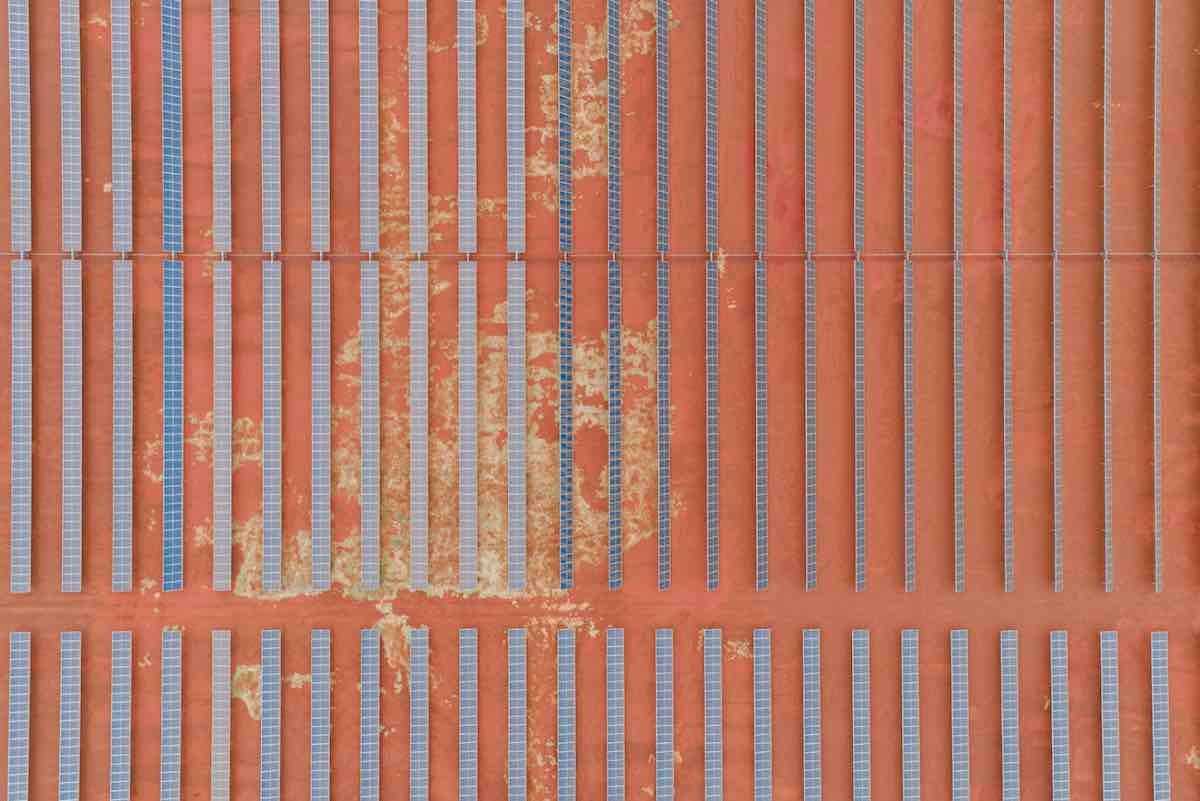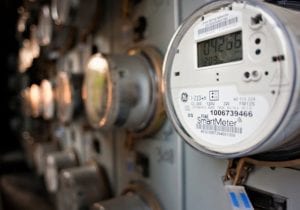The common saying – and it’s not always meant as a compliment – is that when the sun don’t shine, then solar farms don’t produce any power. And the general assumption is that everything at a solar farm is either switched off, or lies dormant, once the sun goes down.
But not at the country’s newest large scale solar farm, the 60MW Chichester solar hub in the Pilbara, where the developers have found – possibly for the first time in the country – they can use the inverters at the facility to deliver voltage control at night for the local grid.
The reason this is being done here is the unique positioning of the solar farm in what is a remote grid, but the use of solar inverters as a means of voltage control, even when the sun don’t shine, may have benefits for bigger grids as they seek to manage the rapid transition from fossil fuels and synchronous generators.
Chichester, as we reported on Wednesday, is the biggest solar farm outside of the country’s two biggest grids, and lies at the very end of a 60km extension to the discrete network operated by Alinta to power some of the big iron ore mines in the Pilbara, and other customers.
At one of the network is the Newman big battery and the neighbouring gas generators, with the poles and wires serving a range of different industrial customers, up to Gina Rinehart’s iron ore operations and now on to Fortescue’s Christmas Creek and Cloudbreak mines, and the Chichester solar farm.
Alinta’s head of asset strategy Gary Bryant says controlling the voltage at the end of the line can be tricky, because of the distance from the power source at Newman, but the solar inverters have proved adept at doing so.
“You can’t you can’t turn on a solar farm at night, but we have found we can control the reactive power through the inverters,” Bryant told RenewEconomy. “So it might import a little bit of real power and convert that to reactive power for the purpose of supporting the network.
“It’s at the end of a long grid, and over that distance you have quite quite a lot of voltage drop, but with these inverters being there, they’re able to provide that voltage support, so the customer sees good power quality in terms of voltage and the power factor which is required for their operations.”
Bryant says that as the share of renewables grows in the country’s main grids, and the amount of inverter coupled generation devices are increase, they will be needed to hold up the voltage to prevent constraints, and to provide system services. I just think it’s a good outcome.
The advantage in the case of this Pilbara network is that Alinta is the sole owner and operator, so it can make decisions quickly and is easily motivated where there are clear efficiencies and money to save.
That’s not always the case in larger, contestable markets, where various vested interests and regulatory hurdles abound.
“I think some of the things you see going on in the contestable markets at the moment around utility services is quite a vexing problem for people to think about how the different components can be remunerated or compensated for the services they provide.”
Bryant also notes that the performance of the Newman battery, even from a distance, has been excellent in responding to variations of solar output.
He says Alinta has noted times when cloud cover can build up quite quickly. “We have seen losses of 40 or 50MW from the field in a period of two or three minutes, and we have to react to that to provide that power on a firm basis.
“How we operate the battery and new power stations to overcome those things has been a bit a bit of a learning curve for us, but I think the battery has responded marvellously to the intermittent nature of solar, so that we can avoid that enormous loss of power that would impact our customers.”
See RenewEconomy’s Large Scale Solar Farm Map of Australia
Good, independent journalism takes time and money. But small independent media sites like RenewEconomy have been excluded from the millions of dollars being handed out to big media companies from the social media giants. To enable us to continue to hold governments and big business to account on climate and the renewable energy transition, and to help us highlight the extraordinary developments in technology and projects that are taking place, you can make a voluntary donation here to help ensure we can continue to offer the service free of charge and to as wide an audience as possible. Thank you for your support.










